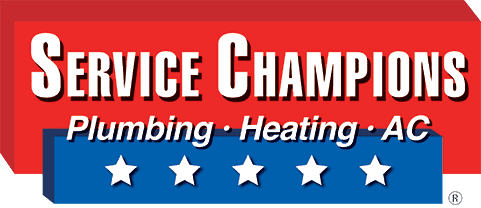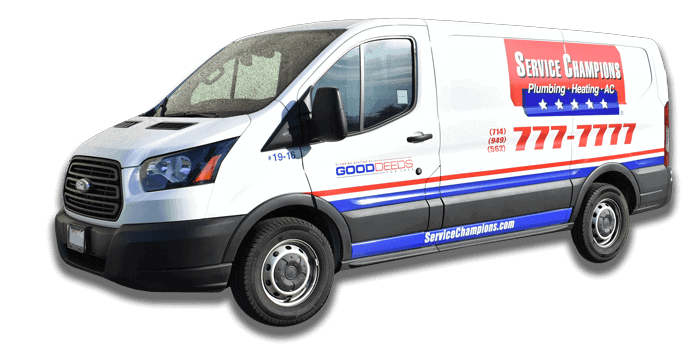Preparing Your Home for the Fall
The kids are back to school, the neighborhood pool is closed for the season and there is a hint of fall in the air. It’s hard to believe, but the transition from summer into fall is happening and cooler days will be here before you know it.
- Things You Can Do. With the change of each new season there are things you can be doing around the house to make the transition easier and more comfortable for you and your family. Here are a few:
- Turn on your ceiling fan. As you use your air conditioner less, consider making use of the ceiling fans if you have them. They can help to supplement cooling on milder days and can help you save a significant amount of money over running your air conditioner.
- Get a tune-up on your furnace. Before you know it you will be relying on your furnace to keep you comfortable again. Like your car, your furnace needs seasonal tune-ups to help you avoid sometimes expensive and unexpected repairs, as well as help ensure the unit is operating safely. Tune-ups help your furnace run more efficiently, too and that helps you save energy and cut down on costs.
- Replace your air filter. Filters in your furnace should be changed monthly to help the unit run at peak efficiency. The filter in your furnace helps to remove airborne particulates and debris that could potentially damage the fan or the heating coil. Depending on the filter you choose, some even remove impurities like pollen and mold from the air – and this is important if you have allergy or asthma sufferers in your home. If you do have people living in your home who are sensitive to airborne pollutants, installing a bioguard powered air filter is also a good idea.
- Clear the area around your furnace. Before you begin to use your furnace, make sure that the surrounding area is clear of stored chemicals, boxes, clothing, newspapers, etc. Furnaces require fresh air to run properly and efficiently. The same rules apply if your home is heated with a heat pump. Be sure weeds, bushes, leaves, and other debris are cleared away from the unit.
- Check the weather stripping on your doors and windows. Chances are good that you’ve opened and closed your windows and doors a lot this summer. It’s likely the seals have become dirty and worn which can make it difficult for a tight seal from forming. When this happens, it’s easy for heat to escape. Go around to each of your windows and doors to inspect and clean the seal. If it appears the weather stripping is worn, you should replace it.
- Have your air ducts sealed. If you haven’t had your ductwork inspected and sealed, you should. A good portion of the energy lost in the average home escapes through leaks in the ductwork. Not only can properly sealing your air ducts help cut down on energy loss, but it also helps to prevent dust and other matter from entering.
- Switch to a programmable thermostat. When the cost of heating your home can sometimes seem unreasonably high, installing a programmable thermostat can help. These thermostats help you regulate the temperature inside your home by automatically adjusting to fit the required comfort levels throughout the day as well as on different days of the week. This means you’re only running your unit when you need to.
- Install a carbon monoxide detector. Especially if you have an oil or gas furnace in your home, having carbon monoxide detectors can be life saving. It is best to install them in the hallway near sleeping areas and that they are not obstructed by furniture or curtains. If you already have detectors installed in your home and they are battery operated, make sure you replace the batteries at least once a year.
Are you looking towards fall and need a little help preparing your home? Contact a certified Service Champions expert today.

